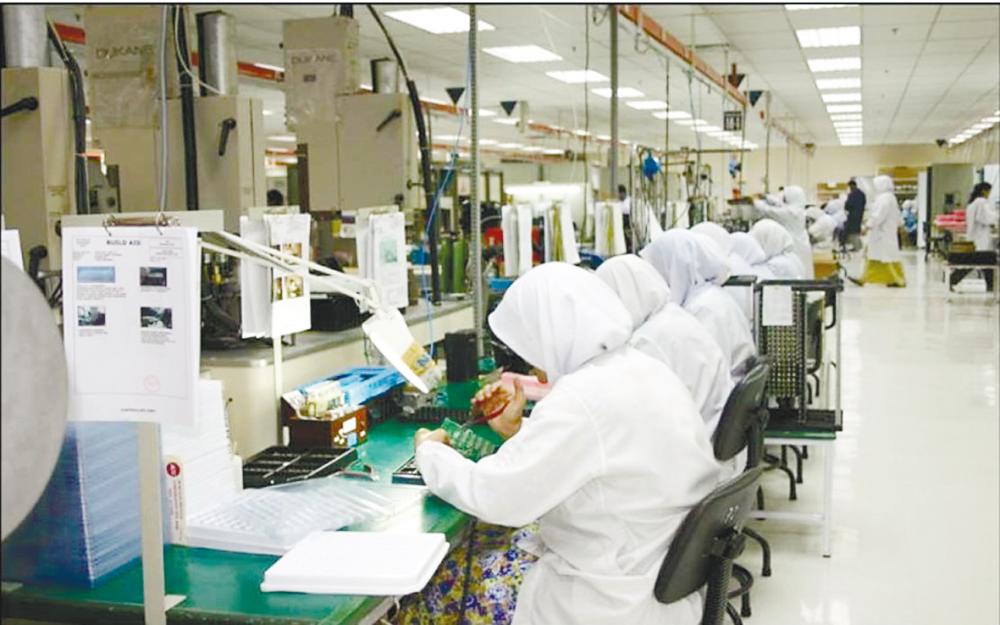KUALA LUMPUR: AmBank Group concurs with the Department of Statistics Malaysia’s (DOSM) advance estimate of 3.4% growth in the fourth quarter of 2023 (Q4’23) due to solid and continuous expansion driven by higher labour productivity and healthier distributive trade sales.
Its chief economist, Firdaos Rosli, said AmBank’s model assumes that Malaysia’s growth was supported by lower inflation and marginal improvements in external trade in Q4’23.
“It is worth noting that export growth remained weak during the said quarter, while industrial production was affected by sluggish external demand among Malaysia’s major trading partners, such as China and the European Union.
“Malaysia’s quarterly exports to China have been in the negative territory over the past five quarters, the longest on record,” he said in a research note today.
According to DoSM’s advance estimate, Malaysia’s Q4’23 gross domestic product (GDP) growth came in at 3.4% year-on-year (y-o-y) based on the output or production and sectoral approach.
Firdaos said considering that Malaysia’s Q4’23 came in at 3.4% y-o-y, the bank also concurs with DoSM’s advance estimate that the economy grew at 3.8% y-o-y in 2023, much lower than earlier forecast for the quarter at 4.1% y-o-y and the full-year estimate of 4%.
“For Q1 2024, we forecast Malaysia’s GDP to grow at 4.3% y-o-y, setting the stage for a rebound in the year. We are sanguine about Malaysia’s growth prospects in 2024, where we expect GDP growth to come in at 4.5% y-o-y,” he added.
Firdaos said AmBank posits that exports may recover in 2024 as the global tech cycle might have bottomed out.
“Market indicators suggest that the semiconductor industry reached its low point at the end of the first half of 2023 (H1’23) and has since embarked on a path to recovery, offering positive prospects for 2024.
“Nonetheless, we remain cautious of the impending subsidy rationalisation that may lower our estimates due to higher inflation,” he said.
Firdaos said AmBank’s model suggests that private consumption share to GDP may have peaked at around 60%, suggesting that the government should gather pace to improve its investment climate and trade competitiveness.
“Continuous improvements in infrastructure spending and a greater push to industrialise less developed regions are key to future growth.
“Government spending appears to play a bigger role in pushing for higher GDP growth, where its share of GDP has been trending higher than 13% since the pandemic.
“Our forecast also points towards the declining share of investments to GDP, from 25.4% in 2016 to 21.4% in 2023,” he said, adding that a weak local currency should act as a catalyst to boost exports.
On monetary policy, he said AmBank foresees no strong case for Bank Negara Malaysia to act on rates.
Firdaos said this is because headline inflation in Malaysia continued to ease with a 1.5% y-o-y print in December 2023, while core inflation dipped below the 2% y-o-y level in December 2023 while the financial year 2023 inflation was 2.5%, down from 3.4% in 2022.
“For 2024, we see headline inflation to be in the range of 2.5-3.5% (the wide forecast range primarily reflects the unknown variables of the impact of planned subsidy rationalisation on inflation).
“We reiterate our baseline view for the overnight policy rate to remain unchanged at 3% until the end of 2024 based on a 4.5% GDP growth projection and 3% average inflation forecasts, barring supply-side shocks,” he added. – Bernama









